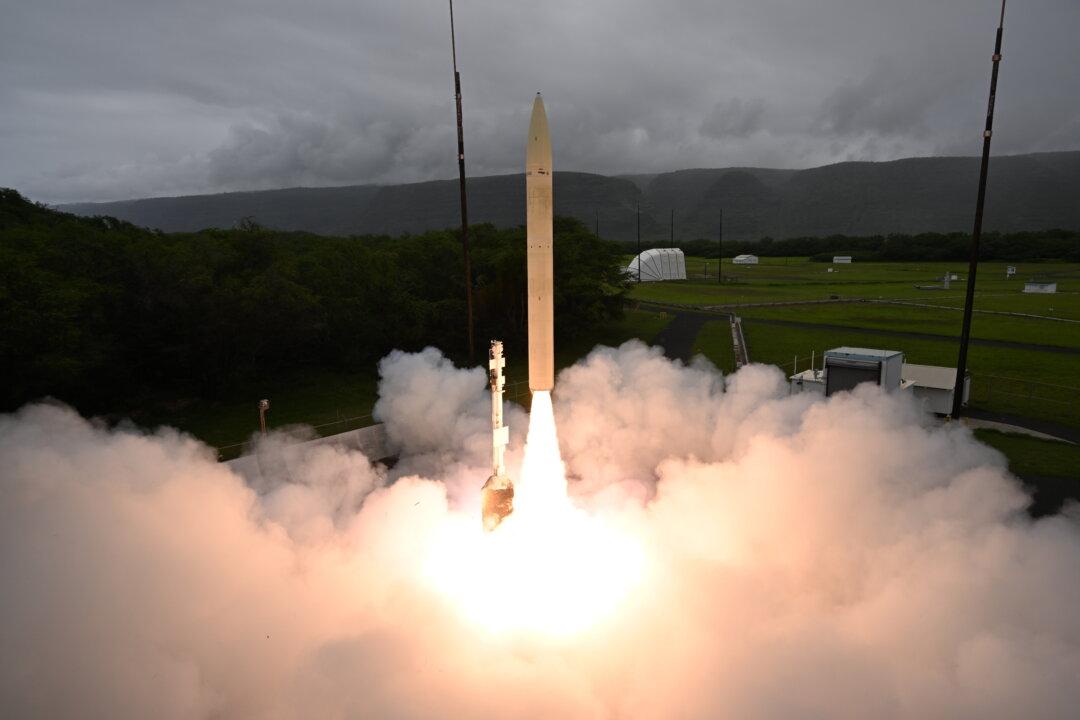The U.S. Army and Navy have recently completed a flight test of a hypersonic missile as the United States seeks to keep pace with its geopolitical rivals—China and Russia—in developing hypersonic capabilities.
The military performed the flight test from the Pacific Missile Range Facility in Kauai, Hawaii, to gather data on the overall performance of the long-range hypersonic weapon (LRHW), the Pentagon said on June 28.





